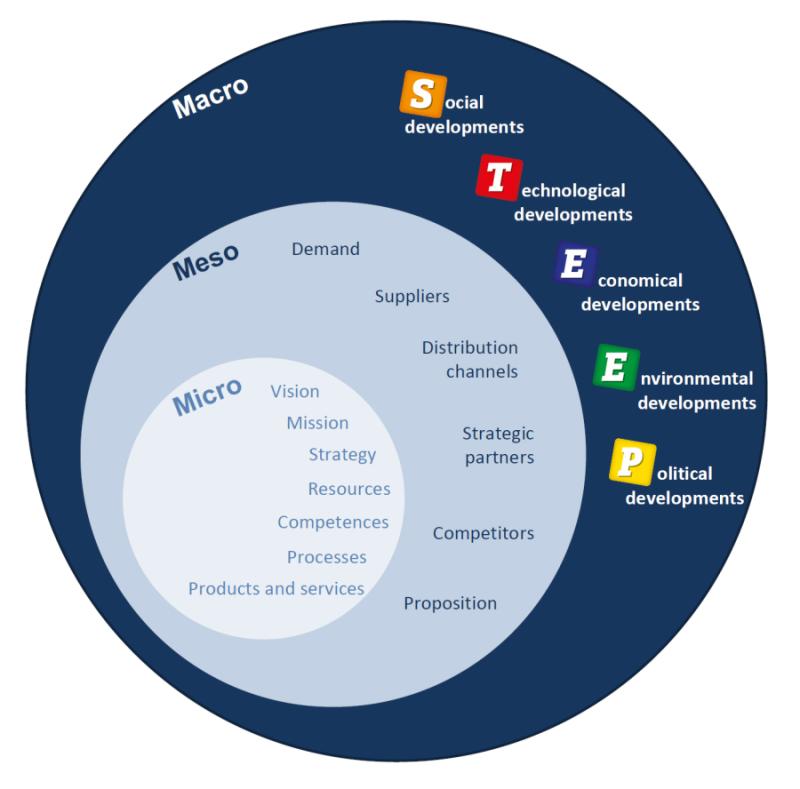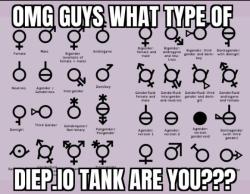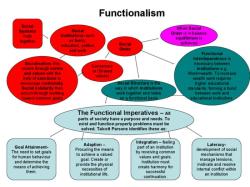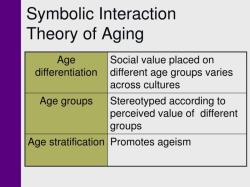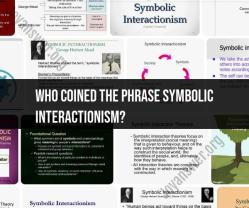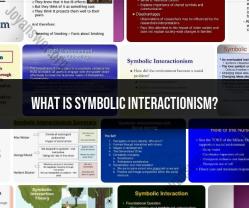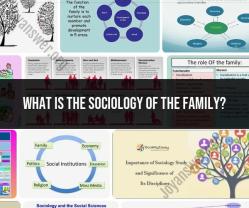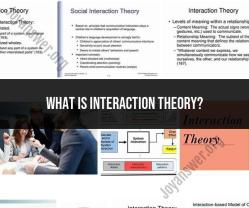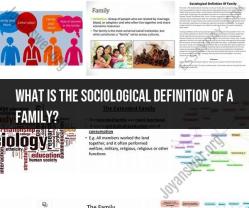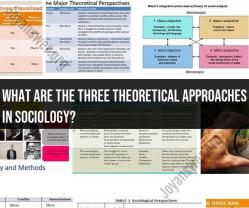What is the micro mezzo and macro levels?
The concepts of micro, mezzo, and macro levels are used in various fields, including sociology, social work, psychology, and environmental science, to categorize different scales of analysis or intervention. Here's an overview of each level:
Micro Level:
- Focus: The micro level is the smallest scale, focusing on individual-level interactions, behaviors, and experiences.
- Examples:
- Individual relationships and interactions.
- Personal thoughts, feelings, and behaviors.
- One-on-one counseling or therapy sessions.
- Microeconomic factors like personal budgeting and consumer behavior.
- Purpose: Understanding and addressing issues at the individual level, providing personalized interventions.
Mezzo Level:
- Focus: The mezzo level is an intermediate scale, concentrating on small to medium-sized groups, communities, or organizations.
- Examples:
- Family dynamics and relationships.
- Small-group interactions and communication.
- Community organizations and initiatives.
- Mezzo-level social work, addressing family or group dynamics.
- Purpose: Examining and intervening in the dynamics of groups and communities to promote positive relationships and address shared concerns.
Macro Level:
- Focus: The macro level is the largest scale, dealing with societal-level structures, institutions, and patterns.
- Examples:
- National and global economic systems and policies.
- Large-scale social structures, such as education and healthcare systems.
- Societal issues like poverty, inequality, and discrimination.
- Environmental issues on a global scale.
- Purpose: Analyzing and addressing broad societal issues, influencing policies, and creating systemic change.
In summary:
- Micro level deals with individual-level phenomena and interventions.
- Mezzo level focuses on small to medium-sized groups, communities, or organizations.
- Macro level examines societal-level structures, institutions, and patterns.
These levels help professionals and researchers tailor their approaches based on the scale of the issue they are addressing. For example, a social worker might employ micro-level interventions when working with an individual, mezzo-level strategies when working with a family, and macro-level initiatives when addressing systemic issues within a community. Understanding these levels is crucial for effective analysis and intervention in various fields.
What are the distinct characteristics and examples of micro, mezzo, and macro levels in social work?
Micro, Mezzo, and Macro Levels in Social Work
Social work operates across various levels, each addressing different aspects of social issues and focusing on diverse interventions:
Micro Level:
- Focus: Individual and family dynamics
- Characteristics:
- Direct client interaction: counseling, therapy, case management.
- Addressing individual needs and challenges: mental health, addiction, domestic violence.
- Promoting individual well-being and social functioning.
- Examples:
- Providing individual therapy for a client with anxiety.
- Helping a family manage conflict through mediation.
- Connecting a homeless individual with housing resources.
Mezzo Level:
- Focus: Groups, organizations, and communities
- Characteristics:
- Working with small groups or organizations: support groups, advocacy groups.
- Addressing group dynamics and facilitating collaboration.
- Promoting social change and empowerment at the community level.
- Examples:
- Leading a support group for survivors of domestic violence.
- Organizing a community garden project to address food insecurity.
- Advocating for policy changes to improve access to mental health services.
Macro Level:
- Focus: Social structures, policies, and institutions
- Characteristics:
- Engaging in research, policy analysis, and advocacy.
- Addressing systemic issues and inequalities: poverty, discrimination, social injustice.
- Promoting social change and developing systemic solutions.
- Examples:
- Conducting research on the impact of poverty on children's education.
- Advocating for legislation to increase the minimum wage.
- Developing and implementing programs to address social inequality.
Key Differences:
- Client focus: Micro focuses on individuals, mezzo on groups, and macro on broad populations.
- Intervention methods: Micro uses direct services and therapy, mezzo utilizes group work and community organizing, and macro employs policy change and research.
- Scope of impact: Micro addresses individual needs, mezzo tackles group challenges, and macro influences societal structures.
Interconnectedness:
These levels are interconnected and work together to address complex social issues. Micro-level interventions can inform policy development at the macro level, while macro-level changes can empower individuals and groups at the micro and mezzo levels.
Social workers often engage at all three levels, depending on their specific role and area of practice.
